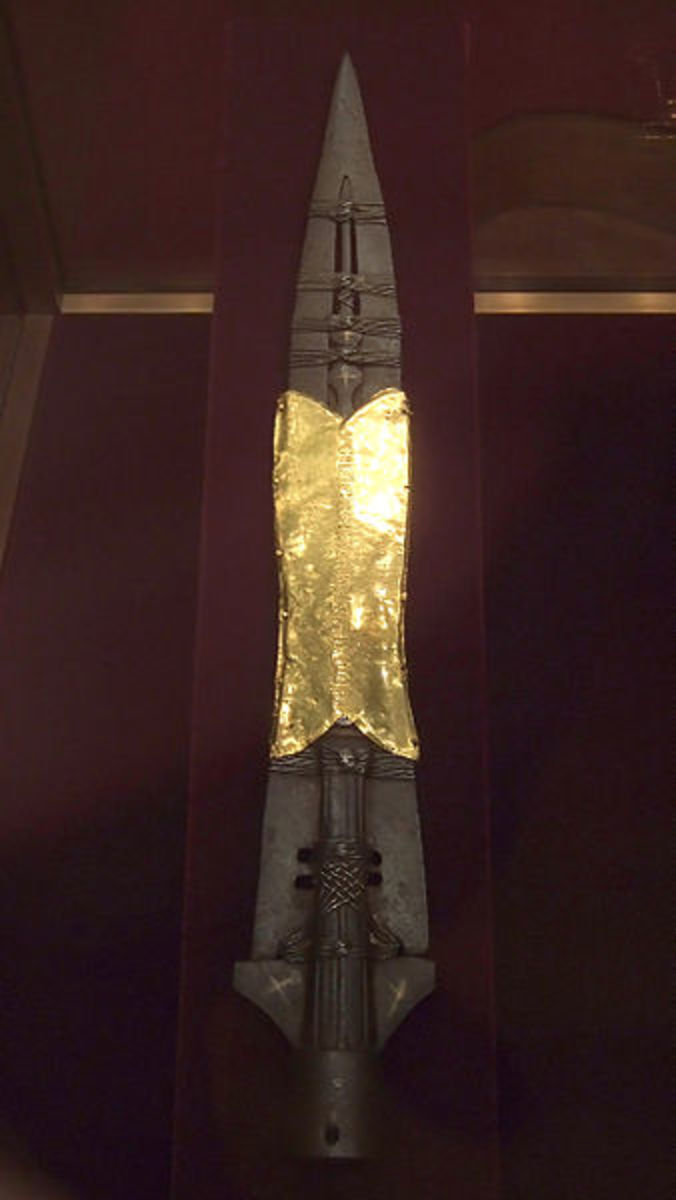Not a big post today because I'm hard at work on my upcoming "Lion & Dragon: Medieval-Authentic OSR Roleplaying".
As of right now I'm working on the section on magic items. It won't be a huge section, but it will include a few of the items from the Dark Albion and Cults of Chaos books (in most cases slightly altered to fit the changed system of magic), and then about 20 or so brand new items to act as examples and inspiration for the GM.
The key to making magic items seem "medieval authentic" is that you can classify medieval magic items into three types:
a) Types made intentionally by magicians: these are things like astrological talismans, alchemical objects, cures, demon-summoning sigils, etc.
2. Objects created directly by beings of chaos (demons, elves) or by divine beings (the Unconquered Sun), or theoretically by the 'old gods', which are infused with the force of pure chaos, law or the elements of nature (like the waters of sacred springs). These are generally epic artifacts, at least the ones of Law almost always are, things like the Lance of Mithras in Albion. Or Excalibur. Objects of Law can usually only be handled by the holiest of people, those who are strongly devout. On the other hand, objects of chaos will have great power given easily but will inevitably corrupt the user's mind, body and soul.
3. Objects that were once non-magical but their involvement with legendary events have given them such significance that they take on magical qualities. There are two common forms of this category. The first are weapons or armor that were involved in some important way in crucial battles (the weapon of a great hero might become magical, but even lesser objects, like shields used by crusaders or bows used at Agincourt might become objects of minor magic). The second are the important objects of great holy men and women (Saints), associated with their miracles. The church calls these "second-class relics" (the bones or blood of the saints themselves are 1st class relics); and may include the clothing, prayer beads, holy symbols (sun-disks, in Albion), staffs, weapons (if they were Cleric-saints or warrior-saints), or other objects especially associated with them.
(the cloak of St. Clara of Assisi):
Anyways, that's it for now. Let me know what you think about the directions I'm taking Lion & Dragon!
RPGPundit
Currently Smoking: Neerup Hawkbill + Image Virginia


I like the concepts you're playing with here. Don't forget weapons whose power comes from the flesh of a dead saint stored in the hilt.
ReplyDeleteJust to be clear, is your authentic medieval game set in the real world with real religions and such?
ReplyDeleteIt's not set in any world. It has an implicit setting, which is basically medieval europe (where magic really works) in the 15th century. All examples are done as reference to Albion (which is basically medieval europe where magic really works).
ReplyDelete